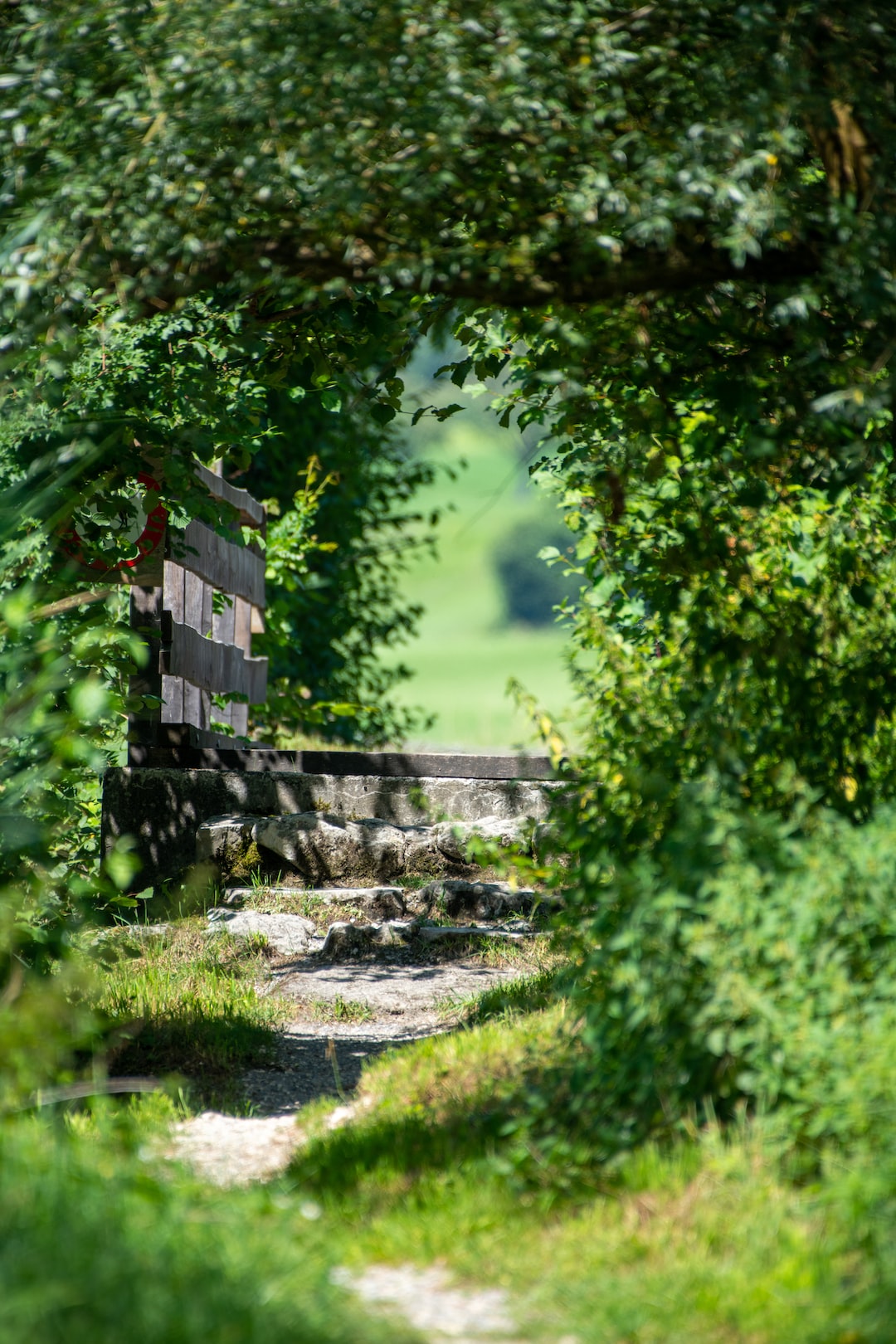Designing a Sustainable and Water-Efficient Garden
Gardens are not only spaces for relaxation and beauty but also potential areas to promote sustainability and conserve water. With climate change and water scarcity becoming critical issues, designing a garden that is both sustainable and water-efficient will not only benefit the environment but also reduce your water bills. In this blog post, we will discuss a few tips to help you create a garden that is not only visually stunning but also environmentally friendly.
1. Plan your garden wisely: The first step in designing a sustainable and water-efficient garden is careful planning. Before you start planting, determine which areas in your garden receive the most sunlight and which spots are more shaded. Choose appropriate plants that suit the conditions of each area, as this will reduce their water needs. Grouping plants with similar water requirements together will allow you to implement watering systems more efficiently and avoid wasting water.
2. Select native and drought-tolerant plants: Native plants are well-adapted to local climates and usually require less water compared to exotic species. Incorporating native plants in your garden design will not only conserve water but also help support local ecosystems, attracting native birds, bees, and insects. Additionally, select plants that are labeled as drought-tolerant, which means they are naturally suited to surviving dry conditions and will need less water.
3. Install efficient irrigation systems: Traditional overhead sprinklers tend to waste a significant amount of water due to evaporation and wind drift. Consider installing drip irrigation systems or soaker hoses, which deliver water directly to plant roots, minimizing water loss. These systems are highly efficient and save up to 50% more water compared to traditional sprinklers. Furthermore, investing in a rainwater harvesting system to collect rainwater for later use is an excellent sustainable solution.
4. Mulch your garden beds: Applying mulch to your garden beds is a simple and effective way to conserve water. Mulch, such as wood chips or straw, acts as a protective barrier, preventing evaporation and weed growth while retaining moisture in the soil. It also helps regulate soil temperature, reducing the need for excessive watering. Remember to replenish your mulch regularly to maintain its effectiveness.
5. Implement rain gardens or bioswales: Another sustainable garden design feature is the inclusion of rain gardens or bioswales. These are designed depressions in your garden that collect and filter rainwater, allowing it to slowly percolate into the ground rather than running off into storm drains. Not only do they help recharge groundwater levels, but they also reduce erosion and pollution by filtering out contaminants from stormwater runoff.
6. Use organic and natural fertilizers: Chemical fertilizers have harmful effects on the environment, particularly when they leach into the soil and contaminate water sources. Opt for organic and natural fertilizers, such as compost or manure, which enrich the soil naturally and reduce the need for synthetic chemicals. Building healthy soils with organic matter not only nourishes your plants but also increases water retention, reducing the frequency of watering required.
7. Practice proper maintenance: Regular maintenance is essential to ensure your garden remains efficient and sustainable. By removing weeds, you are decreasing competition for water and nutrients, allowing your plants to receive what they require. Additionally, inspect for leaks in your irrigation system and repair them promptly to avoid wastage. Water your garden during the early morning or evening hours when evaporation rates are lower, further maximizing water efficiency.
Designing a sustainable and water-efficient garden is not only an effort to conserve water but also a way to promote environmental stewardship. By adopting these tips, you can create a garden that not only minimizes water consumption but also provides a safe haven for local wildlife, enhances soil health, and reduces your environmental impact. So, let’s embark on this journey and transform our gardens into sustainable and water-wise oases of beauty and resilience.


